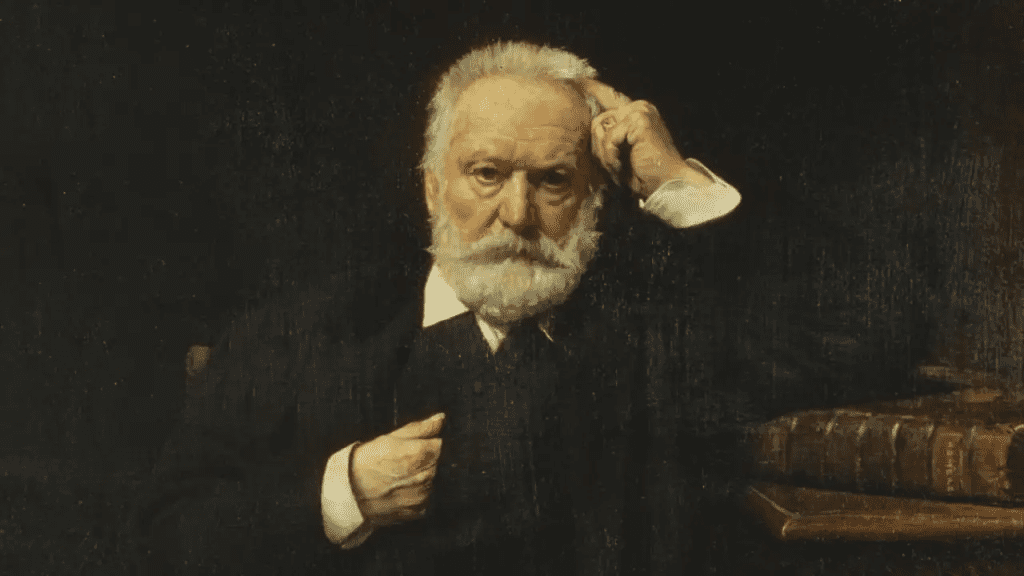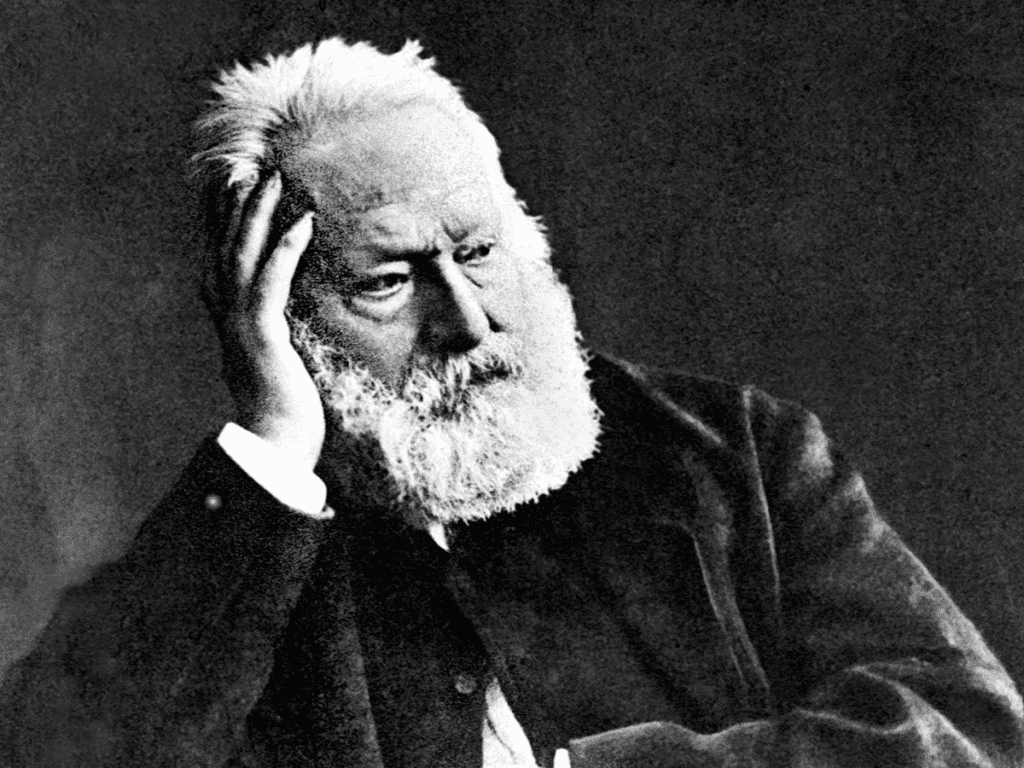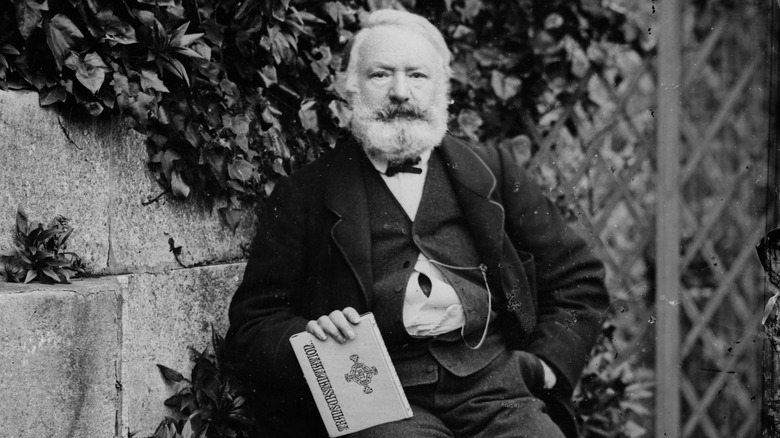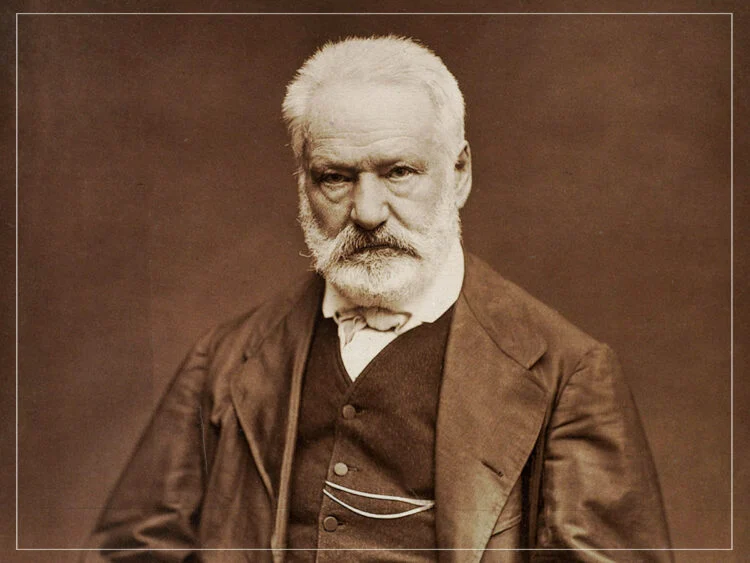When we think of history’s greatest writers, we often picture them seated at grand desks, surrounded by towering bookshelves and the warm glow of candlelight. But Victor Hugo, the literary titan behind Les Misérables and The Hunchback of Notre-Dame, had a very different and frankly bizarre approach to getting things done. His method? Strip naked, lock the doors, and write until the job was done.
It might sound like something out of a modern productivity hack thread on social media, but Hugo’s tactic was real and it worked.

The Genius and the Deadline
In the 19th century, Victor Hugo was already a celebrated writer. But like many creatives, he struggled with procrastination. In 1830, he had signed a publishing contract promising a new novel within a specific timeframe. The problem? Hugo spent most of that time attending parties, socializing, and generally doing anything but writing.
As the deadline loomed, panic set in. His publisher was growing impatient, and Hugo realized he needed a drastic solution to meet his commitment.

Locked In and Locked Out of Distractions
So Hugo devised a method that eliminated temptation altogether: he instructed his servant to take away all of his clothes and hide them. With nothing to wear, he physically couldn’t leave the house. He’d then lock himself inside a room with only a pen, paper, and a shawl to stay warm.
Video:
Victor Hugo Biography in English
He turned discomfort into discipline. The cold air and isolation sharpened his focus. With no way to go outside or entertain visitors, Hugo had no choice but to confront the blank page.
From Cold Skin to Literary Gold
The results of this odd method were nothing short of legendary. Hugo managed to complete The Hunchback of Notre-Dame in just six months. Published in 1831, the novel became an instant success, revitalizing interest in Gothic architecture and earning a permanent place in the literary canon.
Years later, Hugo used similar tactics while writing Les Misérables, though he didn’t always resort to nudity. What remained consistent was his belief in immersing himself fully in his work often cutting off social contact, following a rigid routine, and writing for hours each day.

A Method to the Madness?
To modern sensibilities, Hugo’s technique might sound extreme even comical. But at its core, it speaks to a truth every writer knows: the greatest obstacle is often ourselves. Distraction, self-doubt, and procrastination are universal challenges.
Video:
Why Learning About Victor Hugo’s Life Will Change Your Perspective on Life | Kraven | World
Hugo’s willingness to remove all distractions quite literally wasn’t just a sign of desperation. It was a deliberate act of commitment to his craft. He treated writing not as a whimsical art but as serious labor, requiring discipline, sacrifice, and structure.
Lessons for Today’s Creatives
While we don’t recommend working in the nude (especially if you share a workspace), there’s something to be learned from Hugo’s eccentric discipline:
- Remove Distractions: Whether it’s locking your phone away or turning off Wi-Fi, set boundaries for focused work time.
- Create a Ritual: Hugo’s process, however strange, helped him transition into a state of deep concentration. Find a ritual that signals your brain it’s time to work.
- Honor the Deadline: Even geniuses need accountability. Don’t wait for inspiration sometimes, urgency is the best motivator.

Final Thoughts
Victor Hugo’s writing process is a perfect reminder that creativity doesn’t always come wrapped in beauty and grace. Sometimes, it’s uncomfortable, inconvenient, and requires drastic measures.
But those cold, lonely hours led to some of the most beloved novels ever written. And maybe that’s the real lesson greatness often demands a bit of madness.
So the next time you’re putting off a project, remember Victor Hugo: bare, freezing, and scribbling away turning discomfort into timeless art.


